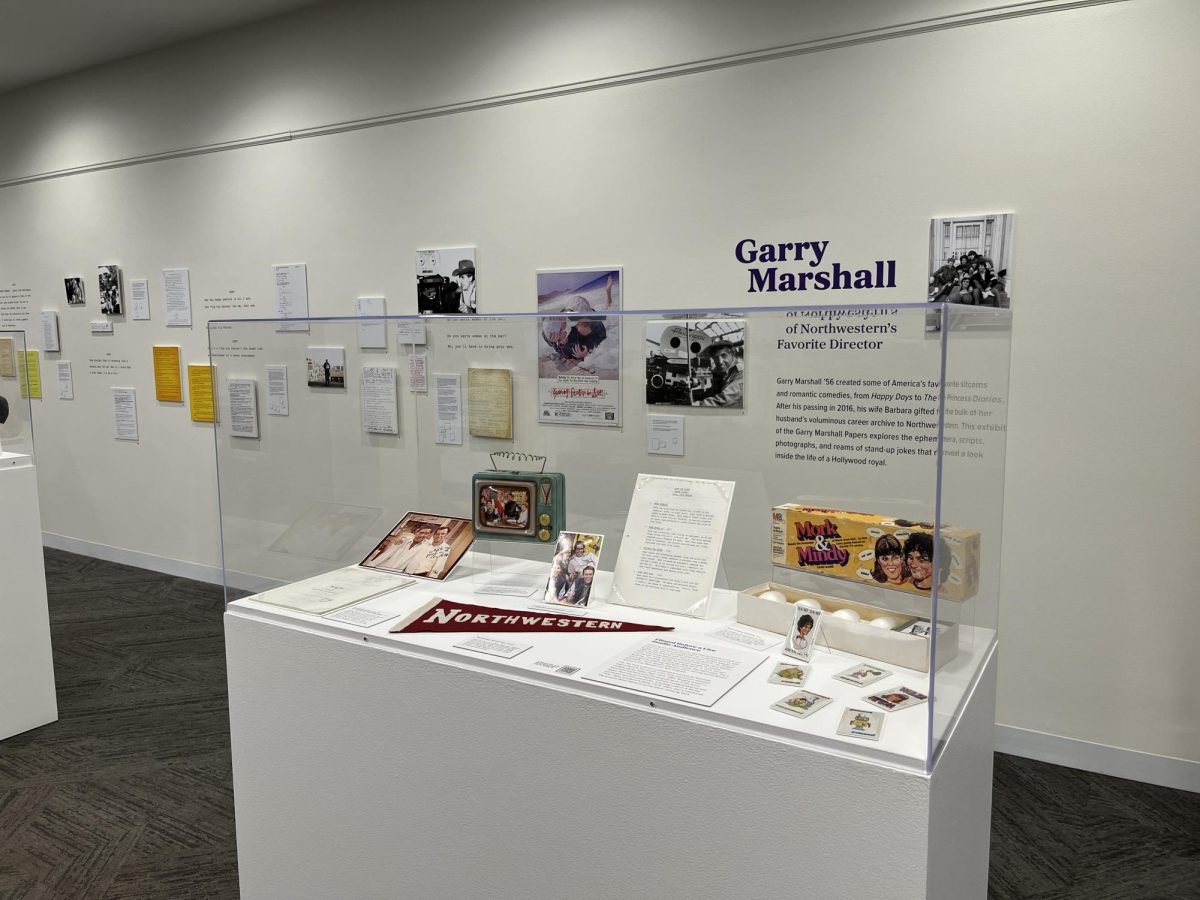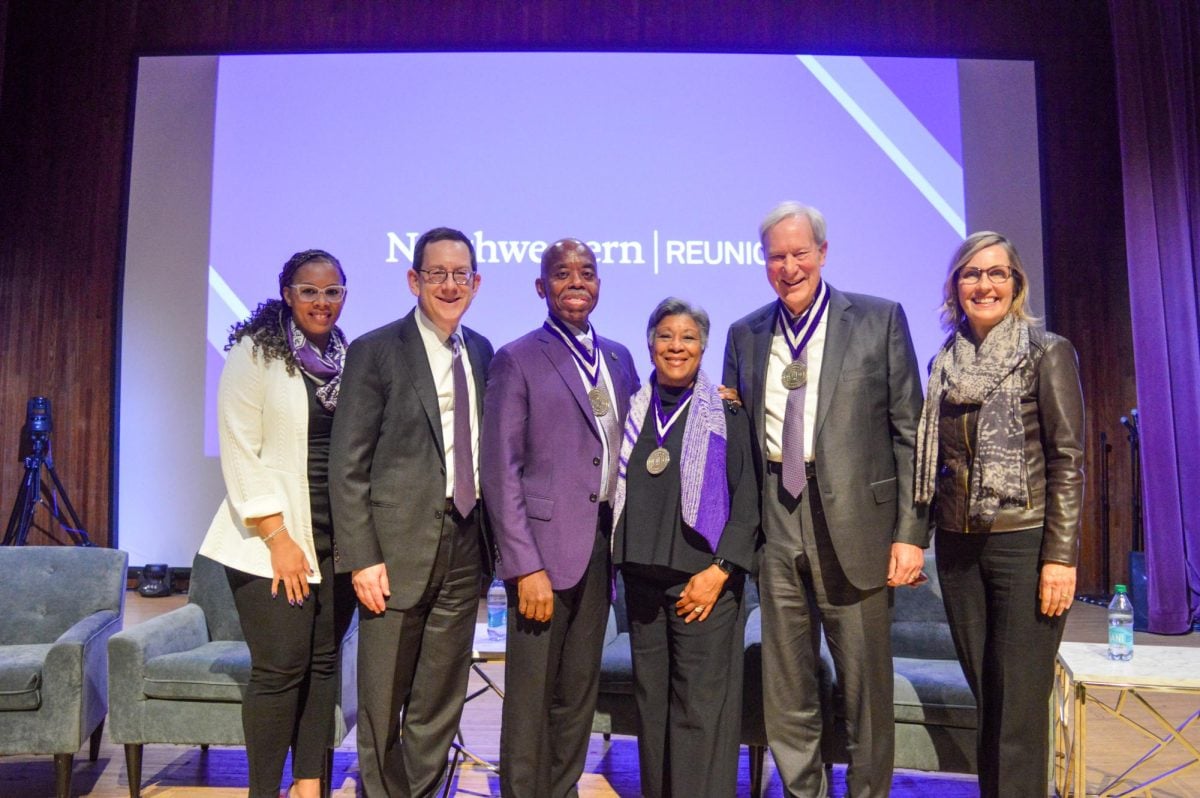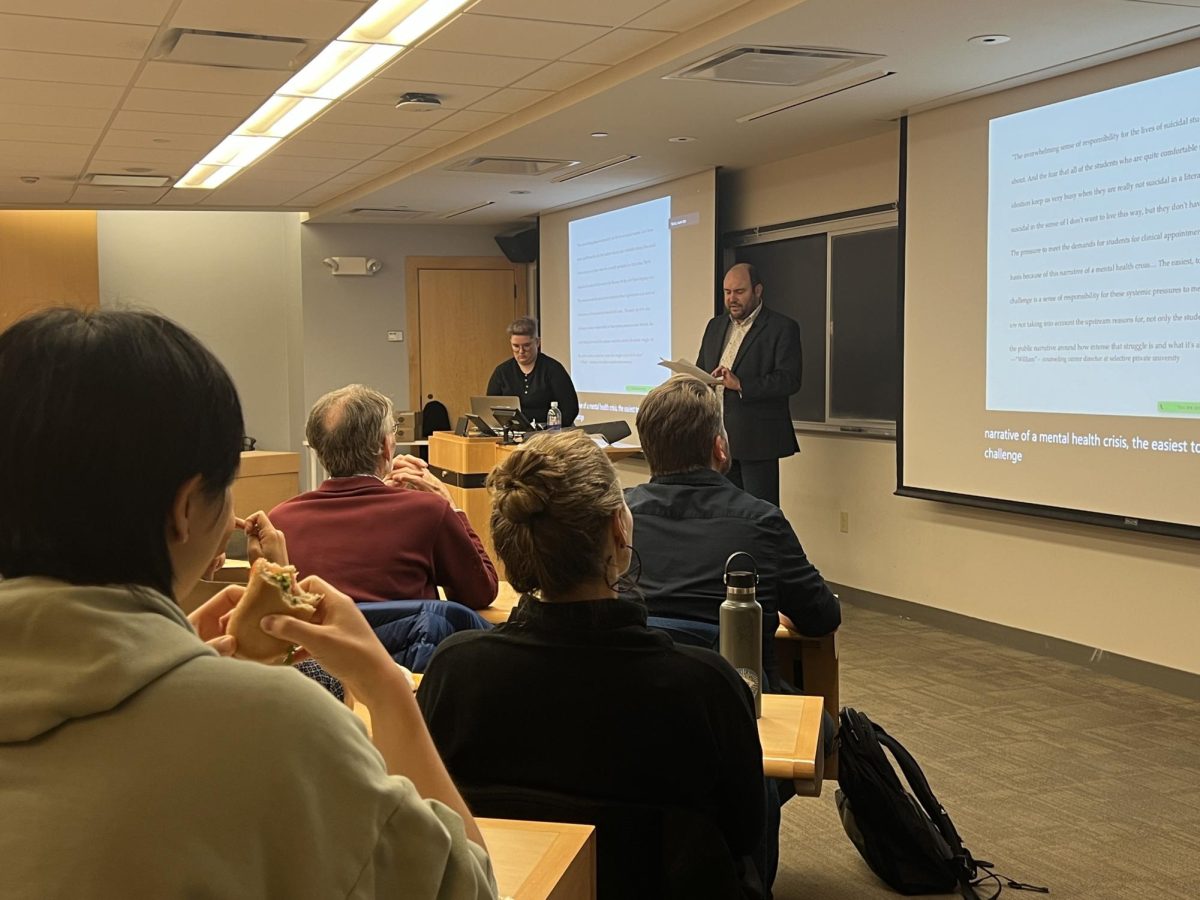As the most-read and translated book in French, “The Little Prince,” written by Antoine de Saint-Exupéy, is a familiar childhood story that will be brought to stage by Northwestern’s Theater & Interpretation Center on Friday.
The play, directed by NU assistant professor and co-founder of Lookingglass Theater Company David Catlin, will run April 13-22 at the Josephine Louis Theater.
For Catlin, the production aims to evoke a “a breathless childlike wonder” through circus-style movements and lively visuals while still exhibiting the melancholy heart of the story – the feeling of being alone, stuck and thirsty, as experienced by the aviator narrator.
“For me as a person and an artist, those three themes alone feel like something that everyone has experienced in their lives,” Catlin said. “The story will appeal to a lot of people, including families with children, but also students here at Northwestern, who will hopefully be able to relate to the characters.”
As the first TI main stage show for the spring season, “The Little Prince” showcases an ensemble of twelve undergraduate actors. Most of them are seniors, and this production will be the last one of their college theater careers. To some, the show perfectly demonstrates their imminent transition to life after graduation. Among his other senior castmates, Communication senior Ned Baker, who plays the Aviator, said he has few ideas of what will happen to him after college.
“Leading up to the show, I would have these chats with David (Catlin) about how I’m not ready to go into the real world, because I want to still be a kid, and David says that those things are exactly what the play is about,” Baker said.
For other seniors, many of whom have been involved in a handful of student-run shows, “The Little Prince” is their first TI show, and it certainly is a unique experience.
“This show is the perfect culmination of my four years here at Northwestern,” said Communication senior Robyn Char, an ensemble member. “By the time you’re a senior theater major, you’ve experienced great moments of theater, and also negative ones. But being in this show, it’s the epitome of a fantastic theatrical experience.”
Unlike most conventional stage productions, “The Little Prince” features an array of unexpected elements, including circus sequences. In one scene, the ensemble walks across the stage on giant rubber balls, and in another, one actor performs an acrobatic routine while suspended in the air on wire. As part of the rehearsal, the actors were able to train with The Actors Gymnasium, a circus and performing arts school in Evanston.
“The Little Prince” also incorporates elements of live music, featuring a band of strange instruments on stage throughout the show. The band consists of bongo drums, a melodica and a concertina. The production’s score is all original music written by the cast along with Catlin’s colleague from Lookingglass.
“Storytelling, to me, is words on a page, but it’s also part of visual, physical images and all of those come together,” Catlin said. “What’s magical is that we take the words of the script, and then we also have these images, movement sequences, and music, and everything expresses what’s important to this particular group of people.”
In addition to the cast of actors, the crew involves freshmen theatre students working backstage as well as a set of graduate student designers. Set designer Courtney O’Neill said the designers have been working on the show for the past year – an unusually long preparation period for a play.
The efforts of the design crew have not gone unnoticed by those on stage. The actors all keenly emphasize the space and resources of the production. The set itself is a giant, folded dry erase board designed to look like a piece of paper.
“They made it so easy for us to enter the world of the Little Prince, and because it’s such a famous book, the designers have simultaneously stayed true to the childhood story while bringing in their own creations,” Char said.
Many of the those involved in “The Little Prince” noted the collaborative nature of the production. In many instances, actors are working side by side with the designers, sometimes even taking on the role of designing themselves.
“The creative goal for this play is for everyone to feel ownership to what has been created,” Catlin said. “And at the end of the day, the story is about creative ability.”






